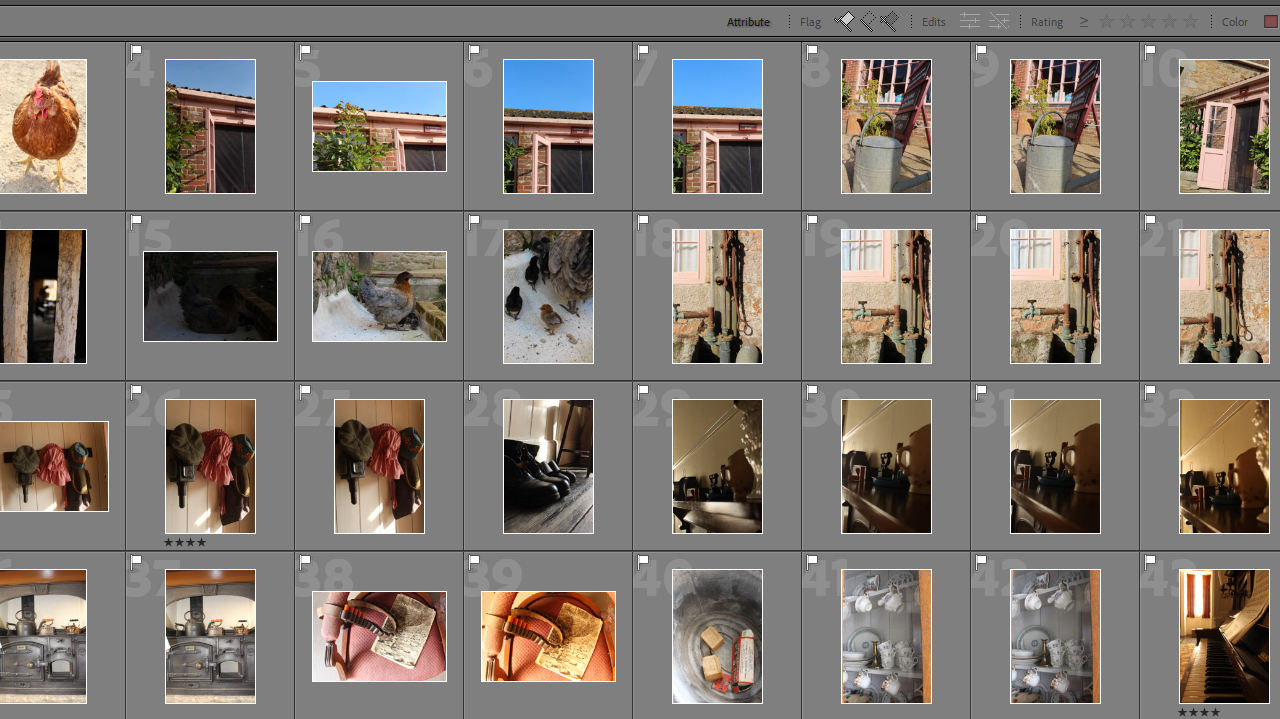
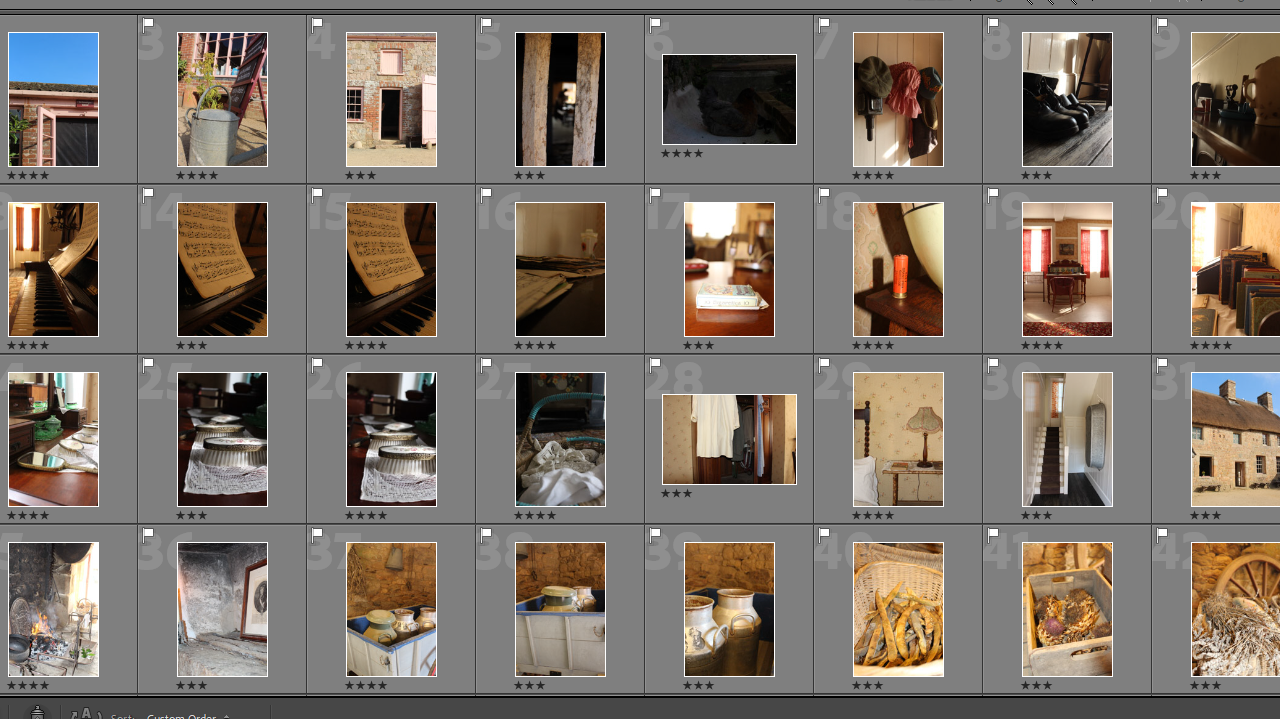




History of The Jersey Corn Riots
In 1767 protests raged against the exportation of grain from the Island. Anonymous threats were made against shipowners and a law was passed the following year so that all available corn was kept in Jersey. In August 1769 the States repealed this law, claiming that crops on the Island were plentiful and this meant that the Act was no longer necessary. There was no known loss of life, many came armed with sticks and clubs, and an usher was thrown over the court railing during the disturbance.

Acts of resistance started taking place. A corn ship about to export goods was raided by a group of women who demanded that the sailors unload their cargo and set about selling it on the Harbour, giving the proceeds to the owner of the vessel. All of the events paved the way for major political reform on the island. In the reform, known as the Code of 1771, the Royal Court was stripped of its legislative powers, meaning that from 1771, only the States Assembly could create laws.
The Power Of Protest
‘People! Power! Protest!’ explores the story of protest in Jersey, from the Corn Riots of 1769 to the Black Lives Matter movement of 2020.
Jersey has a fascinating history of protest on the Island and the theme of the exhibition coincides with the 250th anniversary of the Code of Laws that was introduced in response to the Corn Riots. Many items from these protests are displayed t the exhibit it shows the hardships that people from many generations have had to go through. One of the items showcased is the official 18th-century court records showing the redacted demands of the Corn Riots protestors, and the petition signed by thousands of people to try and save Queen’s Valley from being flooded in the 1980s.
As you walk into the exhibit you’ll see a stunning graffiti-style entrance wall of ‘People! Power! Protest!’ designed by James Carter, of Midnight Industries.
Affects of the corn riots at the time
The Corn Riots was essentially a time when in Jersey the majority of the land was owned by a family called the Lempriere family. They were exporting corn which was Jersey’s main source of food, over what they needed which meant that the people of Jersey were going hungry. The price of corn was increased and the price of rent was increased. People had enough with the Lempriere family and decided to riot in the Royal Square, they had marched from Trinity picking up parishioners on the way, they had marched into the Royal Court and ordered that their demands be written in the Court Book. The Lempriere family decided they didn’t want to make any of these changes, so they went to London to present the rioter’s problems to the King. But the King decided that the demands should be removed from the Court Book, Locals were furious, but £100 was offered to any rioters who turned another in so many people had changed sides.

Black History Month
October is Black History Month and is especially significant following the death of George Floyd in 2020. His death sparked protests around the world on racism, inequality and police brutality.
The movement began in July 2013, with the use of the hashtag #BlackLivesMatter on social media. after the acquittal of George Zimmerman in the shooting death of African-American teen Trayvon Martin 17 months earlier in February 2012. In the 2020 protests, an estimated 15 million to 26 million people participated in the 2020 Black Lives Matter protests in the United States, making it one of the largest movements in the country’s history.
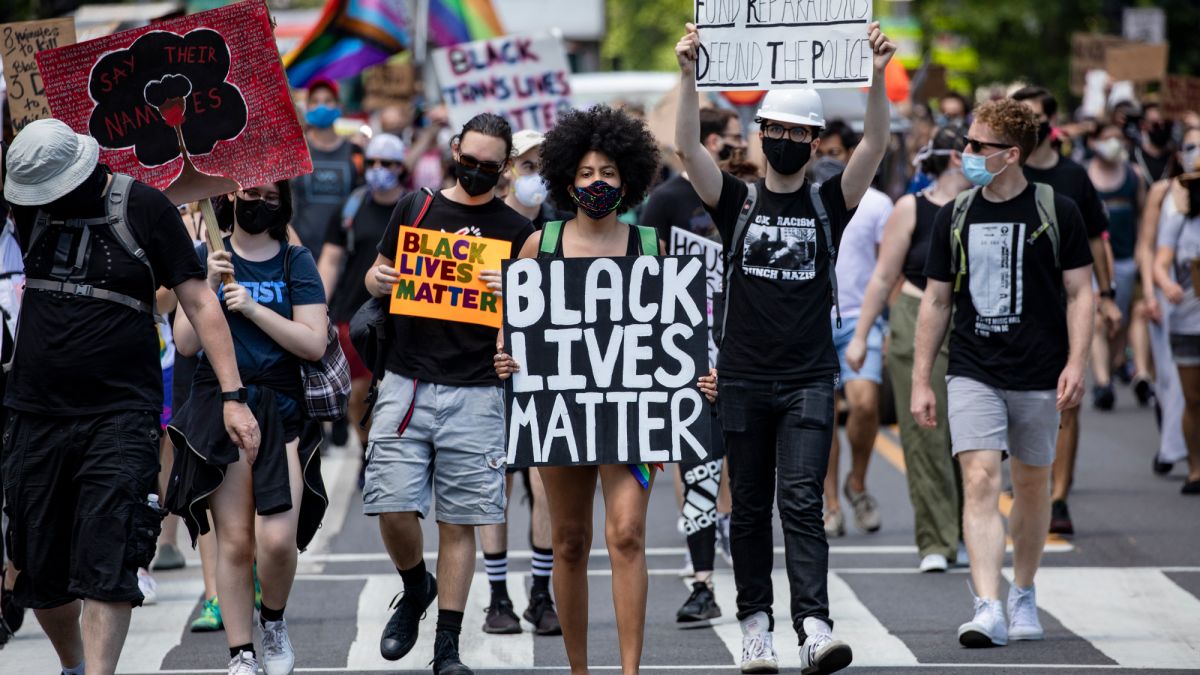





Technical
This image was likely taken on a camera with a fast shutter speed this is indicated by the detail around the model and the low amounts of light being picked up by the lens even with the skylight which appears to be the main source of light in the background of this image. However, in the foreground, there would have been some artificial light used. This can be seen due to the reflection off of the man’s skin which does not appear to come from the skylight. The camera would probably have been set up on a tripod to eliminate camera shake and prevent blurring.
Visual
This image has a narrow colour pallet consisting mainly of dark greys and greens. This gives the warehouse a creepy and eerie feeling that can make viewers uncomfortable. The colours also give a mysterious image to the character in the foreground. the textures in the image give a rustic and old-fashioned feel for example the rusting metal walls surrounding the man and the clouded windows in the background. the shapes visible in the image give it an industrialized feel. these shapes include the strait and sharp edges of the scaffolding and the trains.
Conceptual
This image shows the main character in the foreground to be the manager or owner of the trainyard which is suggested by the dark and ominous lighting that surrounds him. The man’s position also suggests this. his slight forward-leaning suggest that he is busy and controlling. this is also shown by the position of his hands.
Contextual
Alfred Krupp was a German steel manufacturer and inventor; the largest arms supplier of his era, which earned him the nickname “The Cannon King”. During the Second World War Krupp ensured that a continuous supply of his firm’s tanks, munitions and armaments reached the German Army. He was also responsible for moving factories from occupied countries back to Germany where they were rebuilt by the Krupp company. Krupp also built factories in German occupied countries and used the labour of over 100,000 inmates of concentration camps. This included a fuse factory inside Auschwitz. Inmates were also moved to Silesia to build a howitzer factory. It is estimated that around 70,000 of those working for Krupp died as a result of the methods employed by the guards of the camps.
Cyanotype is a photographic printing process that produces a cyan-blue print. Engineers used the process well into the 20th century as a simple and low-cost process to produce copies of drawings, referred to as blueprints. The process uses two chemicals: ferric ammonium citrate and potassium ferricyanide.
Cyanotype photographs can be made in two ways: by using a photo negative, or by placing an object directly on the paper that is being exposed to the sun. Wherever the object blocks out the light the paper will remain white, and wherever the light hits around that object will react and turn blue.
The cyanotype process reverses light and dark, so a negative original is required to print as a positive image. Large format photographic negatives or transparent digital negatives can produce images with a full tonal range, or lithographic film can be used to create high-contrast images.
The cyanotype is an alternative photographic process that relies on the chemical properties of two iron compounds – ferric ammonium citrate and potassium ferricyanide. Basically, formulas of these two iron compounds are mixed together in a 1:1 ratio to form a citrine coloured solution.
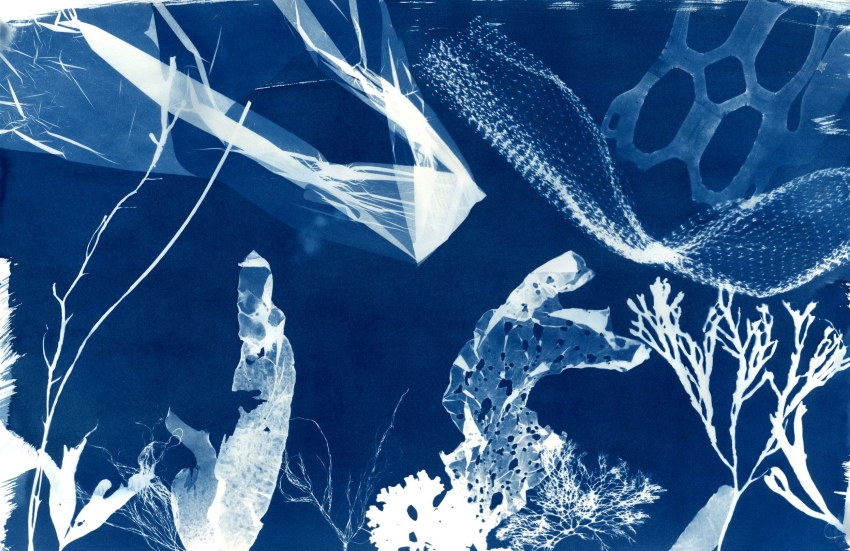
Anna Atkins was an English botanist and photographer. She is often considered the first person to publish a book illustrated with photographic images. Some sources say that she was the first woman to create a photograph. Her nineteenth century cyanotypes used light exposure and a simple chemical process to create impressively detailed blueprints of botanical specimens.


Sir John Herschel, a friend of Atkins, invented the cyanotype photographic process in 1842. Within a year, Atkins applied the process to algae (specifically, seaweed) by making cyanotype photograms that were contact printed by placing the unmounted dried-algae original directly on the cyanotype paper.
Henry Peter Bosse is an German-American photographer, cartographer and a civil engineer who was born on November 13 1844. Henrys cyanotypes surfaced at a Sotheby’s auction in 1990, his cyanotype photographs have been included in the permanent collections at the J. Paul Getty Museum in Los Angeles. His cyanotypes were exposed with large glass plates and printed on the finest French cyanotype paper, each sheet off-white measuring 14.5″ x 17.2″ and bearing the watermark “Johannot et Cie. Annonay, aloe’s satin.”

photography is capturing a image from an exact point in time using light.
photography as an Art Form
personally, I think photography is an art, this is because of all of the things you have to do to get a perfect photo. You have to choose the lighting and adjust it to create the mood you are going for in the photo, whether this be cool or warm light, coloured light, dim or bright light, you need to be creative and think about which light best represents the idea you are going for. You need to think about position and angle, the whole picture changes when you change the angle and position the slightest bit. On top of taking the actual image, there is a lot of creativity that happens after the image is taken, for example editing and composition of the images. There is a huge editing process behind the image, changing the brightness, clarity, white balance, exposure and more can make the image even better. Once the image is fully edited, you also have to think about how you are going to display your image, such as a collage or an online blog. So I think photography is an art form because it is a whole creative process.
Cyanotype is a photographic printing process that produces a cyan-blue print. Engineers used the process well into the 20th century as a simple and low-cost process to produce blueprints.
The cyanotype process, also known as the blueprint process, was first introduced by John Herschel in 1842. Sir John was an astronomer, trying to find a way of copying his notes.
One of the first people to put the cyanotype process to use was Anna Atkins, who in October 1843 became the first person to produce and photographically illustrated a book using cyanotypes. She was a pioneering figure in photographic history, having produced the first book to use photographic illustrations.
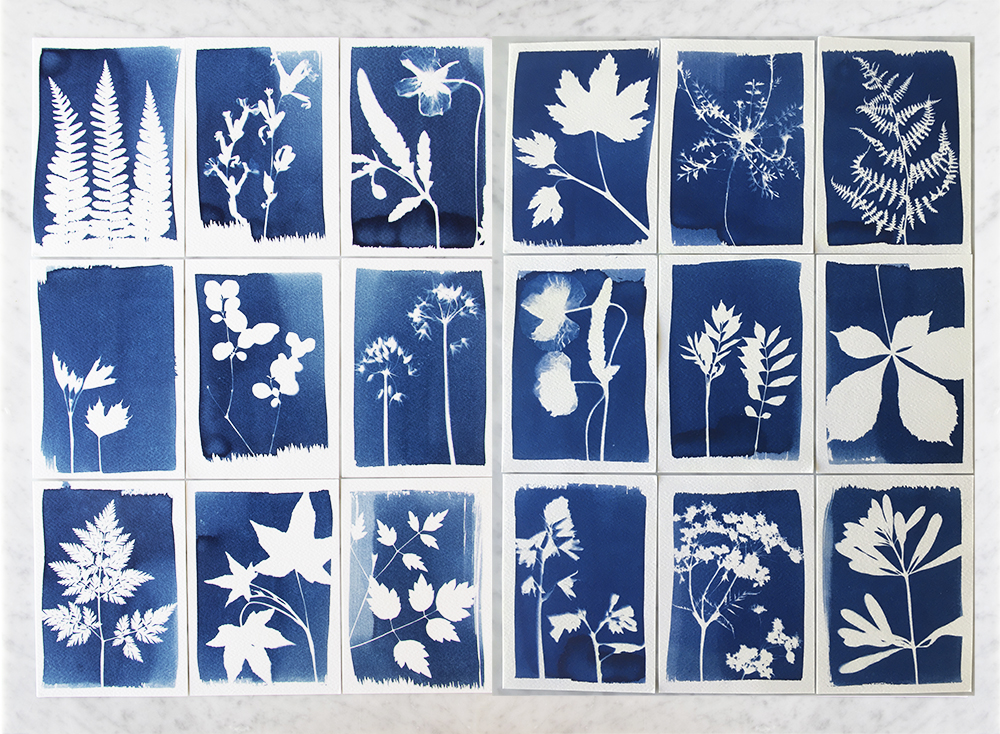
The classical form of cyanotype is that the paper is coated with a solution of a light-sensitive mixture of two chemicals – the light-sensitive iron(III) complex with a oxidizable polybasic carboxylic acid, usually citric acid or oxalic acid, and hexacyanoferrate(III).
A number of photographers still use cyanotype photography today, including Mike Ware and John Dugdale.

How To create Cyanotypes
Pre-prepared cyanotype paper
A piece of cardboard
Acrylic or glass sheet
Bulldog clips – or you can use masking tape or sellotape instead
An interesting range of objects to create your print from
You then place your objects onto the piece of prepared paper and then place in the sun. You then leave in the sun for a couple minutes and wash the paper in water. Once the paper has dried the cyanotype is made.
Cyanotypes are a low-cost type of photography that prints objects onto a cyan paper, which create a white outline print from lying in the sun.

The more simple kind of cyanotypes is also known as a photogram used more in the past.
They are made by putting objects either in a random placement or however you wish, and placing them on sensitised paper.
Mainly plants are used for this type of printing but also you can use objects which are solid based.
If it is windy out, you can use a sheet of glass which sets the items in place without misplacing them.

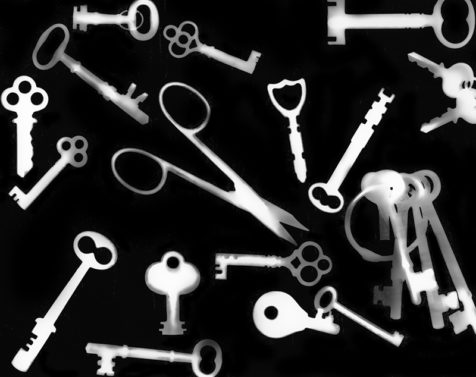
Cyanotypes were a method used in the late 1800s as a way of making blueprints. The simplest kind of cyanotype print is a photogram which is made by arranging objects on sensitised paper. Fresh or pressed plants/flowers are more commonly used but any solid object will create an image.

English botanist and photographer Anna Atkins was one of the first artists to make “photograms” by placing plant specimens directly onto the surface to create an image. Although Anna Atkins was the first person to use Cyanotypes for photography, it was invented by John Herschel in 1842 in order to reproduce his notes and drawings.
Born: March 16, 1799, Tonbridge, United Kingdom
Died: June 9, 1871,
English botanical artist, collector and photographer Anna Atkins was the first person to illustrate a book with photographic images. Her nineteenth-century cyanotypes used light exposure and a simple chemical process to create impressively detailed blueprints of botanical specimens.
Anna’s innovative use of new photographic technologies merged art and science, and exemplified the exceptional potential of photography in books.
Anna’s self-published her detailed and meticulous botanical images using the cyanotype photographic process in her 1843 book, Photographs of British Algae: Cyanotype Impressions. With a limited number of copies, it was the first book ever to be printed and illustrated by photography.

How to make a Cyanotype…

We used light sensitive paper to create our cyanotypes, firstly we collected interesting objects that we could find around hamptonne. We had to work really quickly with the cyanotpye paper as is develops fast in the sun. we placed our objects onto the paper however we desired and let it develop in the sun until the paper turned into a baby blue. The objects on the paper blocked the sun from developing in those areas which leaves an imprint of the objects on the paper. once our paper had been developed we had to place the paper in water for around 2 minutes so that it stopped developing and let it dry in the sun. This process creates a beautiful pattern on paper however it is not very reliable as some factors can effect the composition of the images, such as, the wind can blow the objects off the paper or the shadow from the object could look distorted.